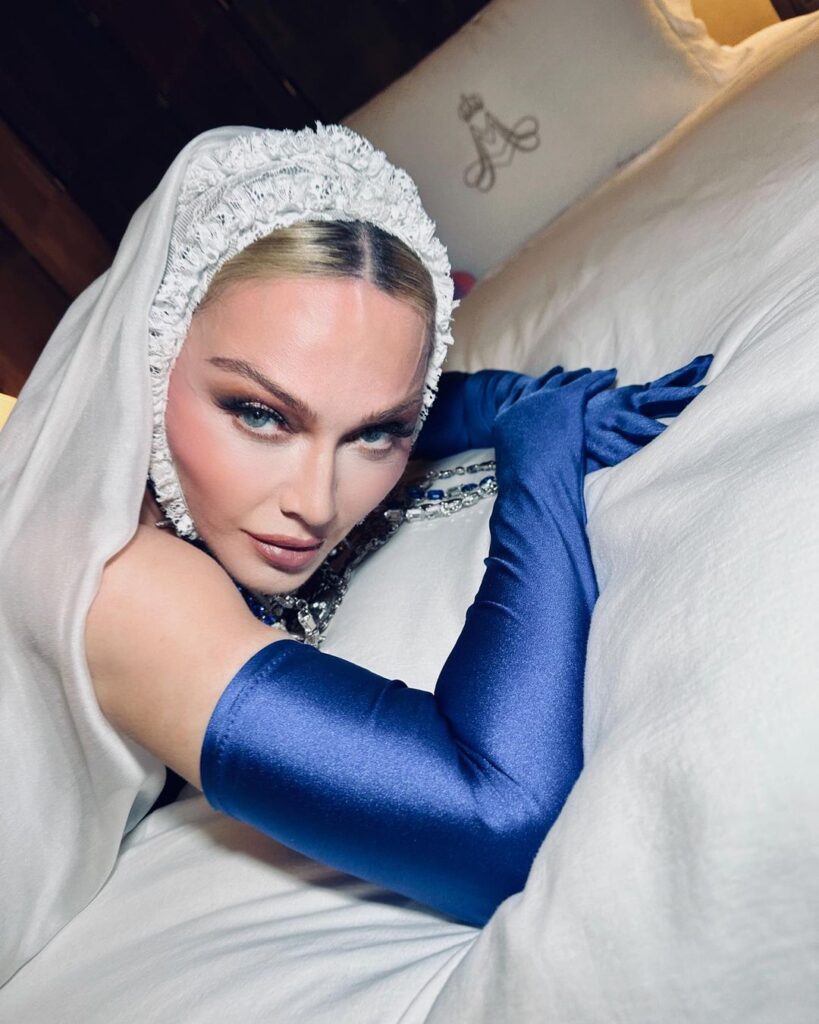How do you cram four decades of some of the most iconic pop songs in music history into a two-hour show?
If you’re Madonna, you don’t. Rather, you present a narrative of your legendary career and curate a soundtrack of songs around it even if it means leaving some of your enduring classics off the setlist.

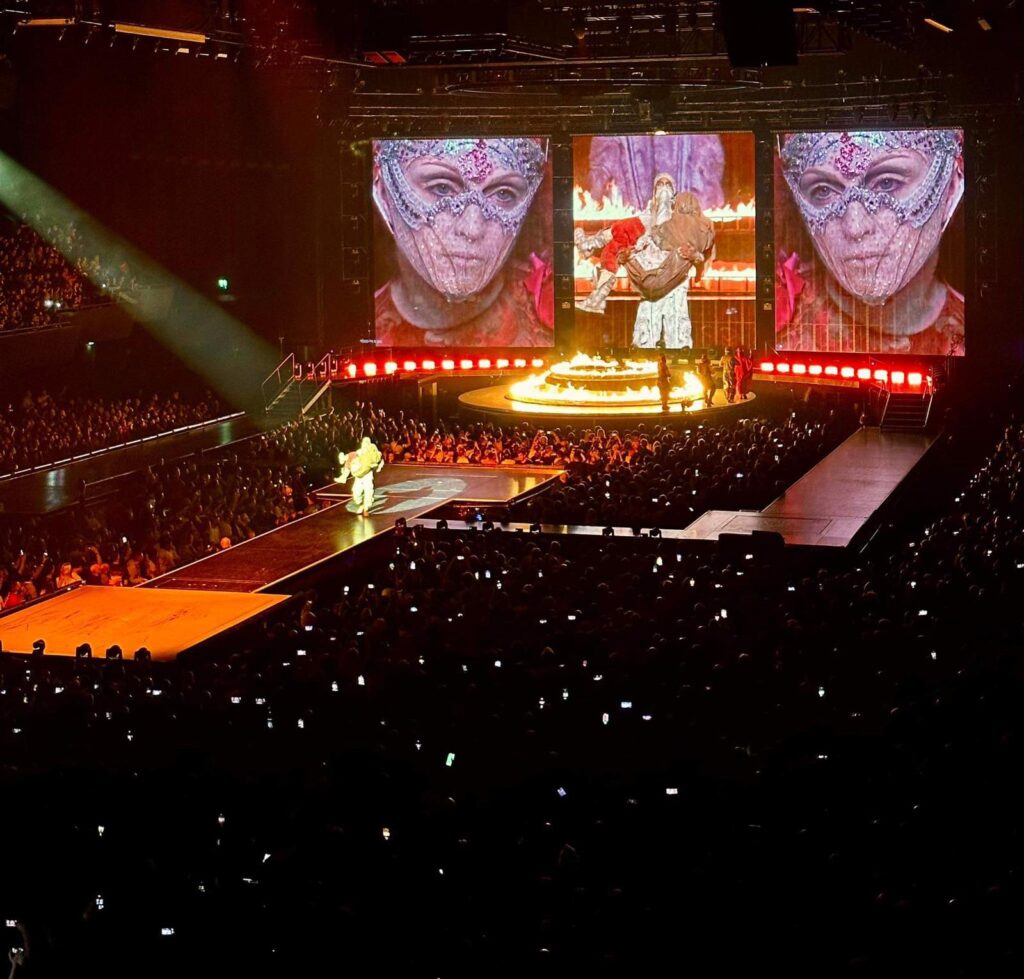
Which is to say The Celebration Tour is a very Madonna concert: It’s more interested in storytelling than in straightforward concertizing. This has been Madonna’s MO since she reinvented the pop concert as performance art with 1990’s Blond Ambition Tour.
She’s reinventing yet again. This time it’s the greatest hits show which she refashions from a musical retrospective of an artist’s biggest hits into some sort of a biography told with songs. The story is king, and anything that doesn’t move it forward or capture a concept, a theme or an idea has no place in the repertoire.
Fans hoping to dance along to her anthemic “Express Yourself” or emo along to “Take A Bow,” her longest-running No. 1 song, or be taken back to the frivolous ‘80s with her campy but indelible “Material Girl,” will be disappointed.
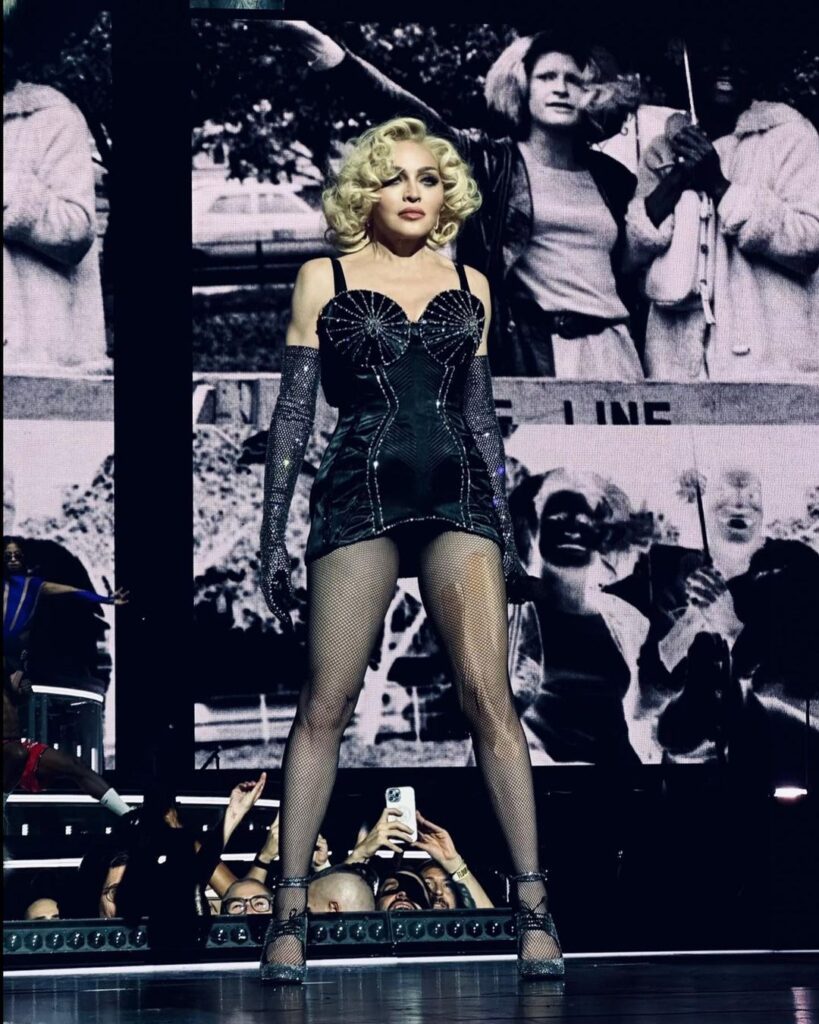

Special mission
Sorry, but Madonna is not sorry for those omissions. The Queen of Pop, now 65, is on a special mission with this tour, and it’s not so much to celebrate her musical legacy, but to tell her singular tale of ambition, fearlessness, defiance and survival in the intersection where her personal and professional lives meet.
Most of the songs from the Madonna oeuvre that made it to The Celebration Tour have been recast in this context. A particular highlight comes early on in the show with “Live to Tell” playing as both a posthumous tribute to all who have died of AIDS, including some of Madonna’s closest friends, and a reminder that she has been an advocate for HIV/AIDS awareness and a proactive ally of the LGBTQIA+ community from the very start of her career.
As though that performance wasn’t moving enough, Madonna delivered a 10-minute speech during the Amsterdam leg of the tour on 1 December, World AIDS Day, about her very personal connection to the illness (she lost many close friends in the ‘80s and adopted several children from Malawi in the 2000-2010s orphaned by AIDS) in the talk portion of the show usually devoted to her recent medical death scare (a bacterial infection sent her to the ICU for five days in end-June).
She’s adamant that people these days don’t and won’t ever understand how grave things were at the dawn of the AIDS crisis. She was angry then at the discrimination and the hate. She’s still angry now, this time at the ignorance of some and how others take it for granted because of the medical advancements achieved in the last four decades.
The difference is, she’s hopeful now. Part of that stems from an acknowledgment that her own efforts throughout her career, both as an artist and a private individual, have opened many people’s eyes, ears and, more importantly, minds and hearts.
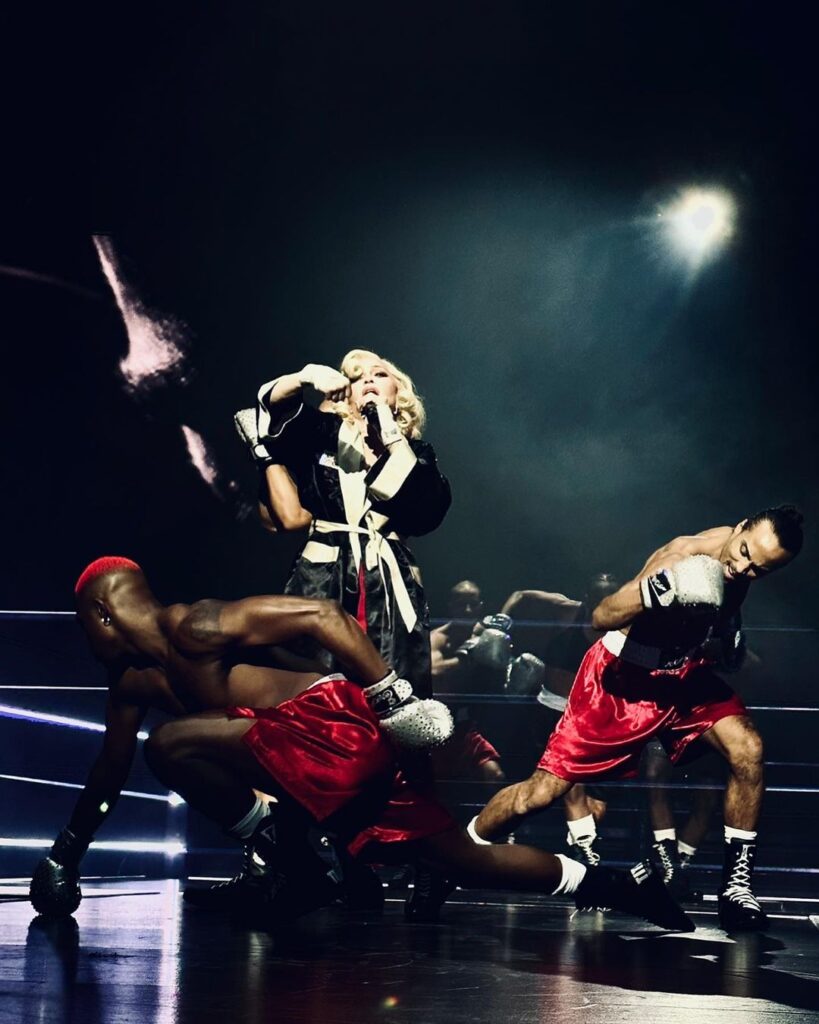
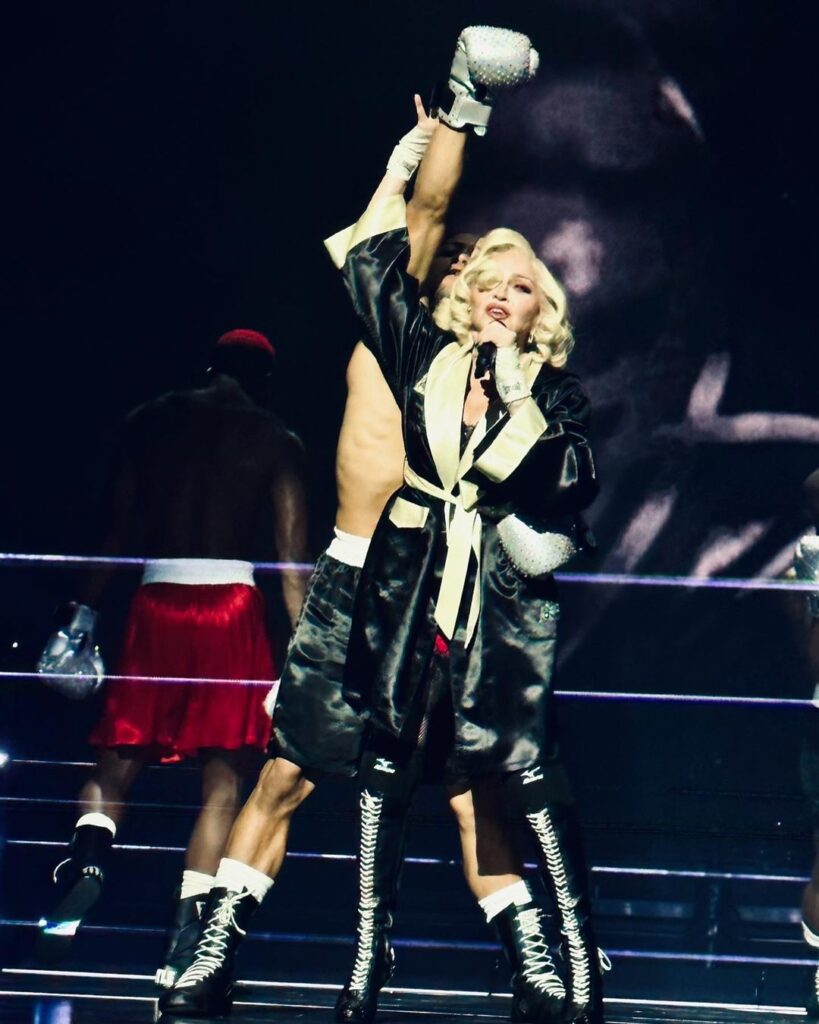
Revolutionary
And it’s not only about AIDS and queerness: She is as much a peace disturber, rabble rouser and revolutionary in the areas of gender roles in love, romance and sex (the show’s “Erotica” section), religion and politics (“The Beast Within” section), identity and individuality (“Vogue” section), spirituality and enlightenment (“Bedtime Stories” section) and pop music’s conventions about relevance and longevity (“Bitch, I’m Madonna” closing section).
In 1990, Madonna responded to criticisms about Blond Ambition, in particular those from Roman Catholic groups that condemned the concert as blasphemous due to the show’s sex and religious themes, by saying, “My show is not a conventional rock show but a theatrical presentation of my music. And like theater it asks questions, provokes thoughts and takes you on an emotional journey, portraying good and bad, light and dark, joy and sorrow, redemption and salvation. I do not endorse a way of life but describe one, and the audience is left to make its own decisions and judgments. This is what I consider freedom of speech, freedom of expression and freedom of thought.”
There was certainly a lot of thought that went into the making of The Celebration Tour, not only with the song selection but also with the staging, costuming, sound design, lighting, videography and choreography. And Madonna, perhaps more than she ever has, demands that her audience put in as much thought into analyzing the layers of meaning in the show and decoding what she is actually trying to say.
This celebration is no mere party. Getting into the groove with Madonna 40 years into her career means getting inside her head. Those who don’t might feel shortchanged, but those who do would be rewarded with pop music’s first great “greatest hits” show that would be the template from now on.
